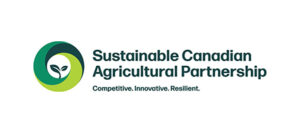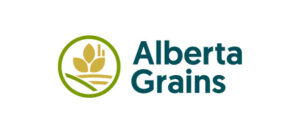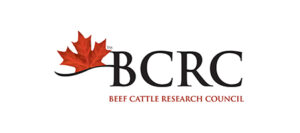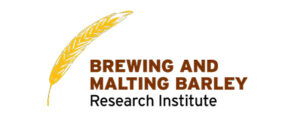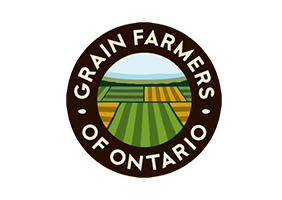Research
Sustainable Canadian Agricultural Partnership (SCAP)
National Barley Cluster

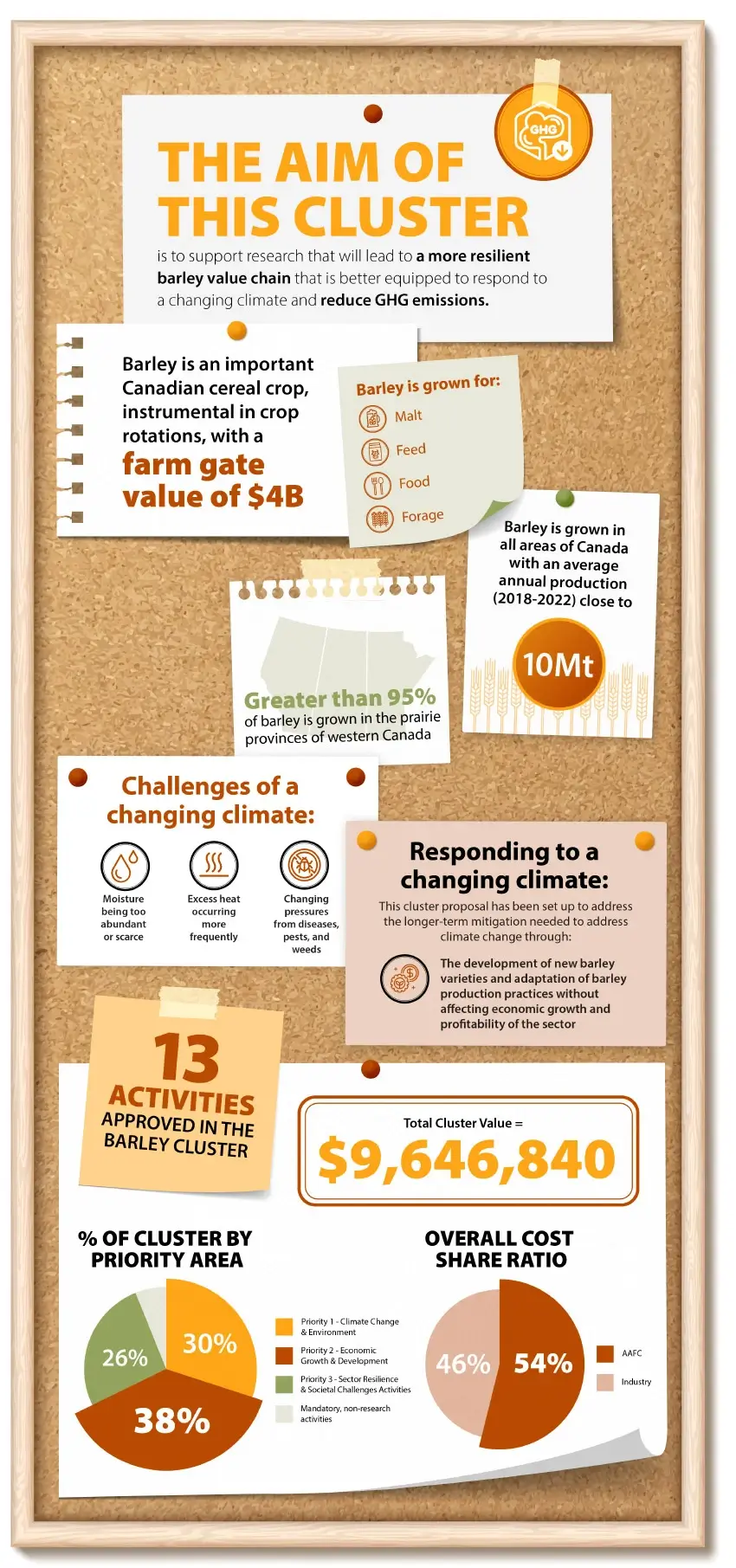
What is the National Barley Cluster?
The National Barley Cluster (Cluster) is a $9.6 million investment, over five years (2023-2028), into barley research that will set the industry up for continued, sustainable growth and success. Over $4.3 million in funding for the Cluster is coming from producer and private organizations across the country, while over $5.2 million is coming from Agriculture and Agri-Food Canada (AAFC) through the Sustainable Canadian Agricultural Partnership AgriScience (Sustainable CAP). Sustainable CAP is $3.5-billion, 5-year agreement (April 1, 2023 to March 31, 2028) between federal, provincial and territorial governments aiming to strengthen the competitiveness, innovation, and resiliency of the national agriculture, agri‐food and agri‐based products sector.
What does the Cluster do?
The Canadian Barley Research Coalition (CBRC) will administer the Cluster whose goal is to support research that will lead to a future with a resilient and profitable barley value chain in Canada. It’s also a priority of the Cluster to communicate the outcomes of this research back to stakeholders.
This Cluster phase (2023-2028) will fund research projects that advance barley genetics, agronomy, quality and sustainability to make it a more resilient and profitable crop for Canadian farmers and end users. More specifically, this Cluster aims to support research that will help the Canadian barley industry respond to challenges in growing conditions as a result of climate change, primarily fluctuating moisture conditions, excess heat, and disease, pest and weed pressure. The Cluster will also support ongoing research to help the industry reduce greenhouse gas (GHG) emissions
Why do we need a National Barley Cluster?
Barley is a critically important crop for Canada’s agriculture portfolio, offering farmers diverse, profitable options in their crop rotations – increasingly recognized as important for reducing climate-change related threats. Canadian farmers produce close to 10 million tonnes of barley a year, with a farmgate value of $4 billion. Consumers and markets locally and all around the world rely on Canada’s high-quality barley crops, primarily for use as livestock feed and malt for the beer/brewing industry.
Executive overview of the National Barley Cluster 2023-2028
Climate change is an increasingly important issue for the barley sector, creating much more challenging conditions for growing the crop. At the same time, the federal government has made a target of reducing GHG fertilizer emissions in Canada by 30%.
In light of this, our Cluster research aims to help adapt to current and future changing climate conditions, and potential federal regulations, while still maintaining the economic growth and profitability of the sector.
Research within our current Cluster is focused on one overarching objective: Helping Canadian barley farmers adapt to changing climate and environmental conditions, while maintaining economic growth and building long-term resiliency in the whole value chain.
Specifically, this will involve pre-breeding and breeding projects aiming to develop new and improved malt, feed, forage and food varieties for western and eastern Canada, with increased adaptability to changing climate conditions, disease resistance and capacity for GHG emission reductions.
It will also involve agronomic research aiming to help famers optimize the use of fertilizers without lowering yields and profitability, as well as testing products to help boost fertilizer efficiencies in order to offer farmers sound information and recommendations in this area.
Cluster research will also focus on decreasing emissions and increasing efficiencies throughout the value chain, including energy use for the malting production process.
See below complete overviews of our funded research projects for the 2023-2028 Cluster.

































